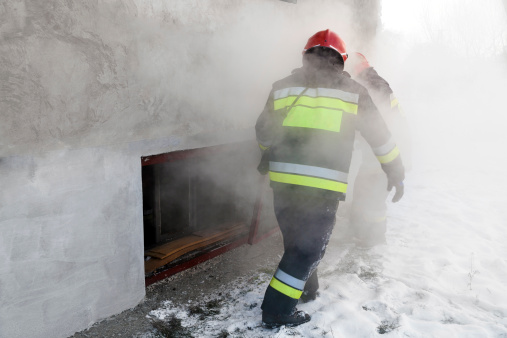More workers are becoming ill due to dust exposure

Workers who regularly handle building materials such as cement, concrete, and wood are likely exposed to various types of dust. It can come in contact with the skin, get in workers’ eyes and mouth, or be inhaled through the nose.
According to EHS Today, large particles don’t usually make it into the lungs. Smaller particles, however, bypass the natural filtering of our respiratory system. They either build up in the lungs or enter the bloodstream. Dust particles in the lungs and bloodstream can be warded off by naturally-occurring white blood cells, but breathing in high amounts of dust over a long period of time can cause serious and life-threatening health conditions.
What are the common types of workplace dust?
- Silica: Those who work in construction, mining, glass production, stonecutting, and shingle manufacturing are at risk of inhaling ultrafine silica particles. In fact, silica has been linked to an upsurge of lung diseases that can result in severe, life-long health complications or death.
- Asbestos: Asbestos is commonly found in building materials such as roofing shingles, tiles, flooring, and cement. Long-term exposure to asbestos can result in shortness of breath, coughing, wheezing, fatigue, lung cancer, and mesothelioma.
- Flour dust: Culinary and food service workers who handle flour are at risk of breathing in flour dust. Short-term symptoms of breathing in flour dust may include a runny nose, watery eyes, frequent sneezing, coughing, and shortness of breath. Long-term exposure can result in asthma.
- Wood dust: Construction workers, carpenters, or woodworkers are regularly exposed to dust from cutting and sanding wood. Exposure to wood dust can result in difficulty breathing, nose and throat irritation, and dermatitis (skin irritation).
What can employers do to protect workers?
EHS Today outlines several steps employers should take to better protect workers from the harmful effects of dust exposure.
- Create safety data sheets to outline the hazards of each dust-producing material.
- Provide details on how to avoid a dust-related hazard, and remove it (if possible).
- Offer best practice advice for handling hazardous materials.
- Provide workers with protective equipment and gear (required by law). This can include gloves, goggles, visors, and face masks.
- Monitor dust levels in the workplace and alert workers when levels become dangerously high.
- Provide adequate safety training to workers.
- Close off areas in a facility where high amounts of dust are likely to be produced.
- Install a ventilation system that can help remove airborne dust from a facility.
If you have developed a lung illness or any other adverse health condition due to the nature of your job, you may be eligible for worker’s compensation benefits. The Law Offices of Deborah G. Kohl — based in Massachusetts and Rhode Island — can help guide you through the process.
